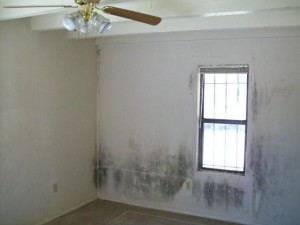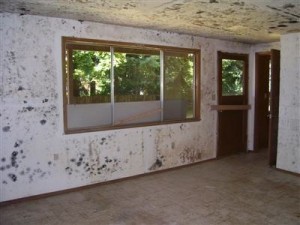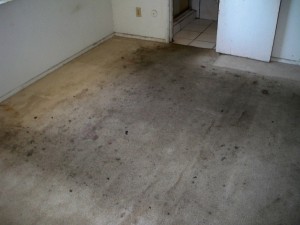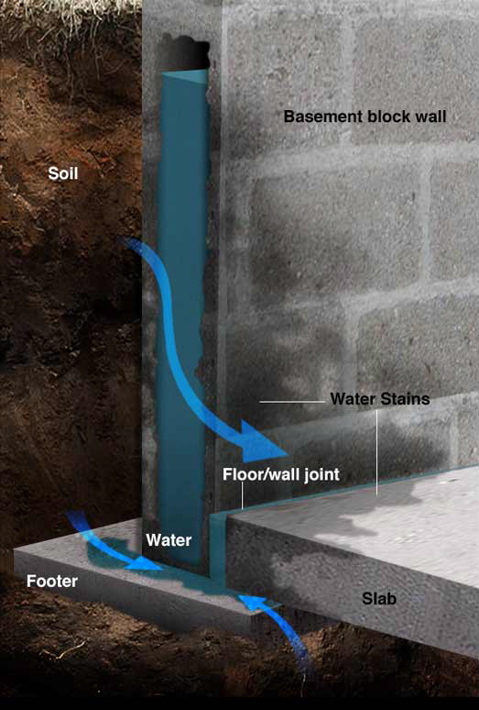Mold removal
According to OSHA Occupational Safety and Health Administration “The purpose of mold remediation is to correct the moisture problem and to remove moldy and contaminated materials to prevent human exposure and further damage to building materials and furnishings. Porous materials that are wet and have mold growing on them may have to be discarded because molds can infiltrate porous substances and grow on or fill in empty spaces or crevices. This mold can be difficult or impossible to remove completely. As a general rule, simply killing the mold, for example, with biocide is not enough. The mold must be removed, since the chemicals and proteins, which can cause a reaction in humans, are present even in dead mold.”
If going the full step and doing complete mold remediation (including waterproofing) is not possible then mold removal should include removing all article or fixtures that can sustain mold. This could include: drywall, untreated wood, paper, cardboard, mattresses, cushions or any cotton material, luggage (it may appear vinyl but often there is cotton woven with it), shoes, clothes, books and any untreated wood products. Mold will not grow on plastics, ceramics, metal, or glass items, but will grow on the dust that settles on them so those articles should be cleaned with disinfectant.
Mold Remediation
The first step in mold remediation is the removal of all mold. Since mold grows only in the presence of water. Treating the original water problem is fundamental to preventing further mold growth. This means that if the mold is caused by a current or ongoing water seepage problems then mold remediation cannot be done unless the water problem is addressed first. Not after. This can significantly add to the cost of mold remediation leaving most people to opt for mold removal.
Fundamentally, if you have mold around the lower perimeter of your basement walls either on the block or drywall you most likely have a foundation seepage problem. The images below illustrate different ways seepage occurs.
Photos courtesy of Basement Detective




